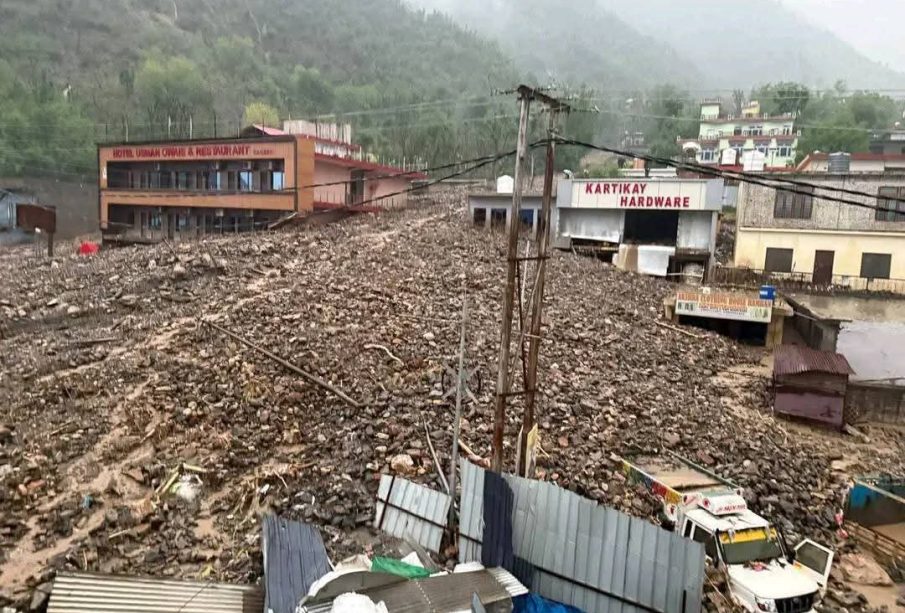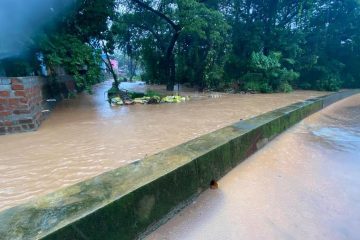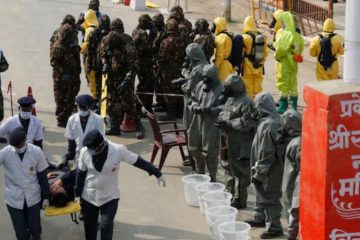Ramban Floods: Tragedy and Resilience in Jammu and Kashmir

Introduction
The recent floods in Ramban district of Jammu and Kashmir have brought devastating impacts to the region, affecting the local population and infrastructure significantly. With heavy rainfall leading to swelling rivers and landslides, these floods underscore the importance of preparedness and response strategies in a region often prone to natural disasters. Understanding the scale of the impact, ongoing recovery efforts, and the necessity for future safeguards is crucial for the residents and authorities alike.
Impact of the Floods
In the first week of October 2023, intense rainfall caused the Chenab and other rivers to overflow their banks, submerging villages and displacing thousands of residents. Many houses were completely destroyed, and several critical roads connecting Ramban to neighboring districts were rendered impassable, disrupting transportation and access to essential services. Reports from local government officials indicate that at least 1,500 families have been affected, with immediate needs for shelter and food assistance.
Local emergency services, supported by the National Disaster Response Force (NDRF), have been deployed to conduct rescue operations and provide medical aid. The current damage to agriculture is extensive, with fields flooded and crops ruined, raising concerns over food security and livelihoods in the coming months.
Ongoing Recovery Efforts
The Jammu and Kashmir administration has initiated relief measures swiftly, including distribution of relief packets comprising essentials such as food, water, and hygiene kits to the affected areas. Meanwhile, volunteer organizations and NGOs are joining hands to aid in recovery efforts. The government has also announced financial aid for those whose homes were destroyed, aiming to rebuild the lives of the affected families.
Importance of Preparedness
These floods serve as a stark reminder of the increasing frequency of extreme weather conditions attributable to climate change. Local officials emphasize the necessity for improved infrastructure, such as better drainage systems and early warning mechanisms to mitigate the effects of such disasters in the future. Community awareness programs about the dangers posed by heavy rains and flash floods are also being highlighted as vital for enhancing preparedness.
Conclusion
As the recovery operations unfold in Ramban, it is crucial for both the local government and communities to adopt a proactive stance towards disaster management. Investments in resilient infrastructure and community education on flooding can significantly lower the risks and impacts in the future. The perseverance demonstrated by the residents in facing these adversities serves as a testament to their resilience, though it is clear that ongoing support and coordinated efforts will be essential to restore normalcy and ensure that Ramban emerges stronger from this calamity.









